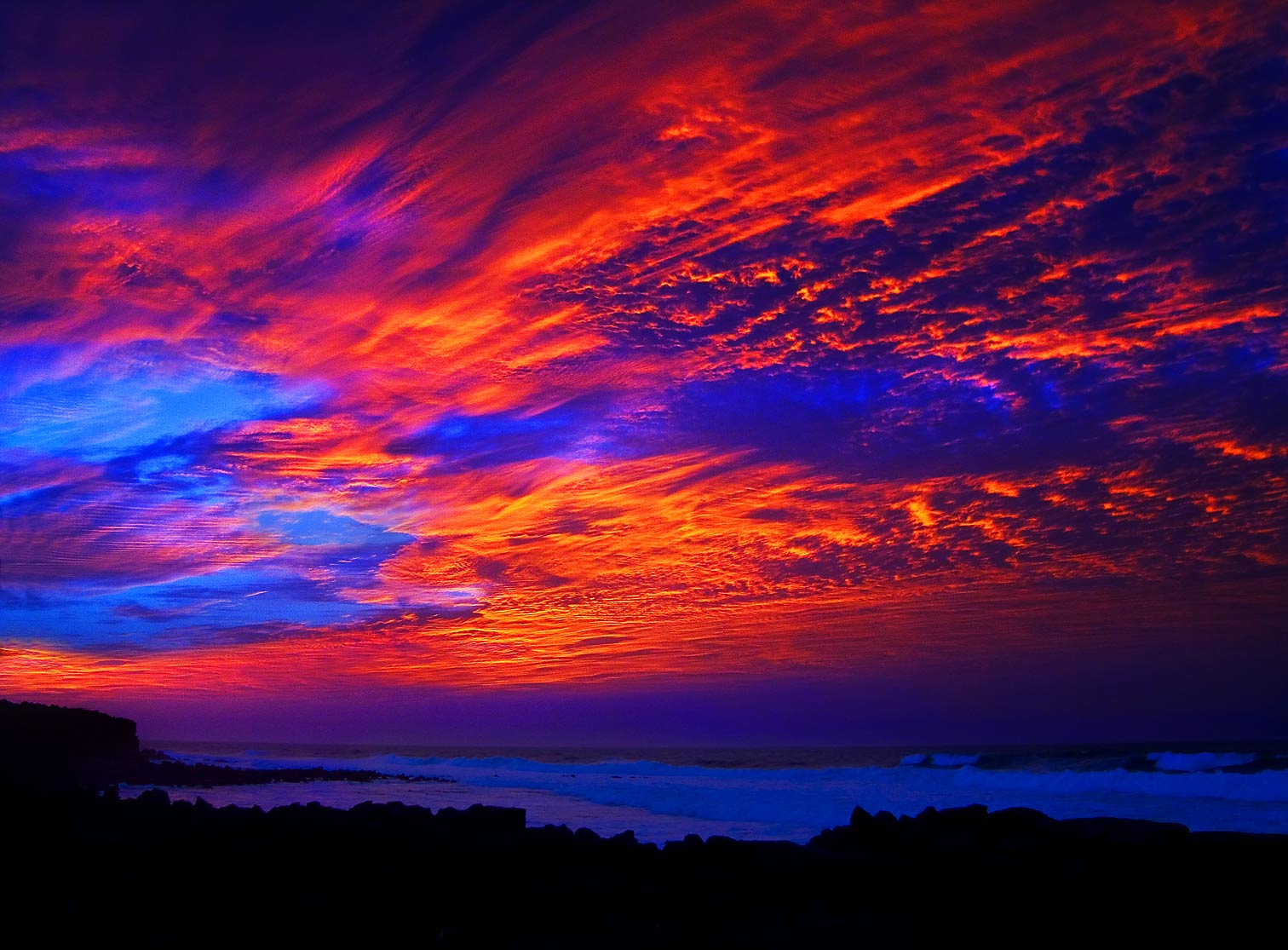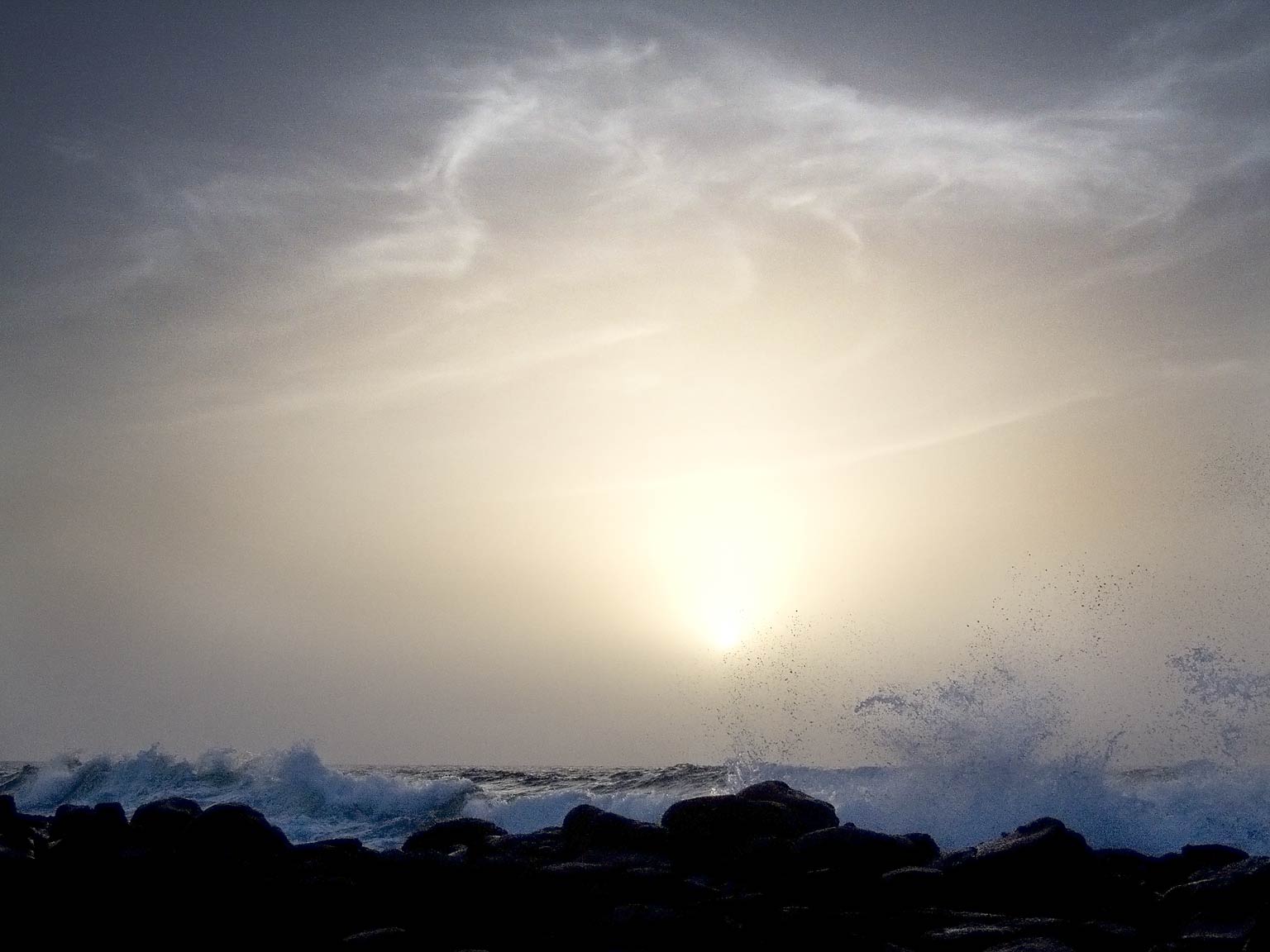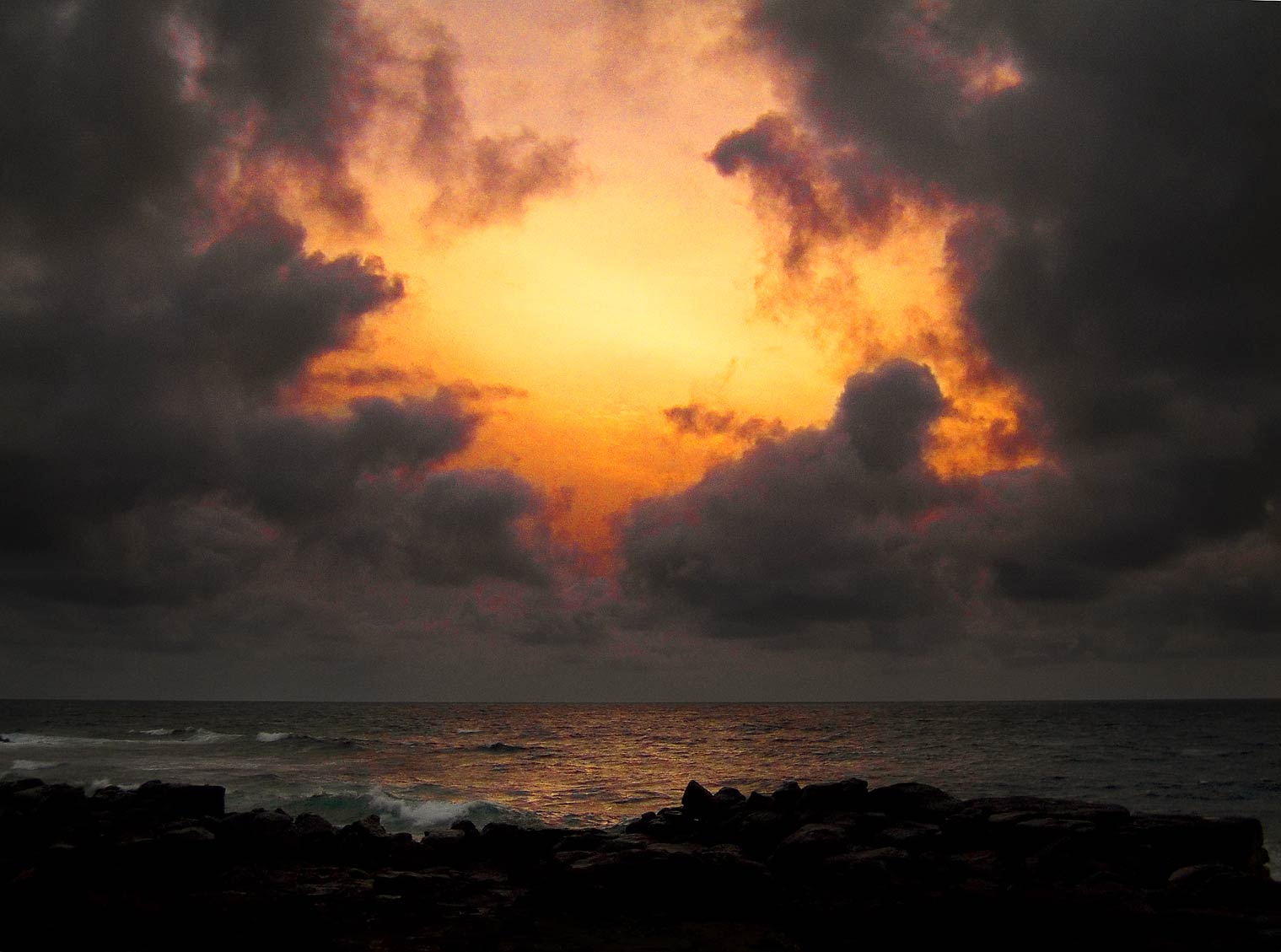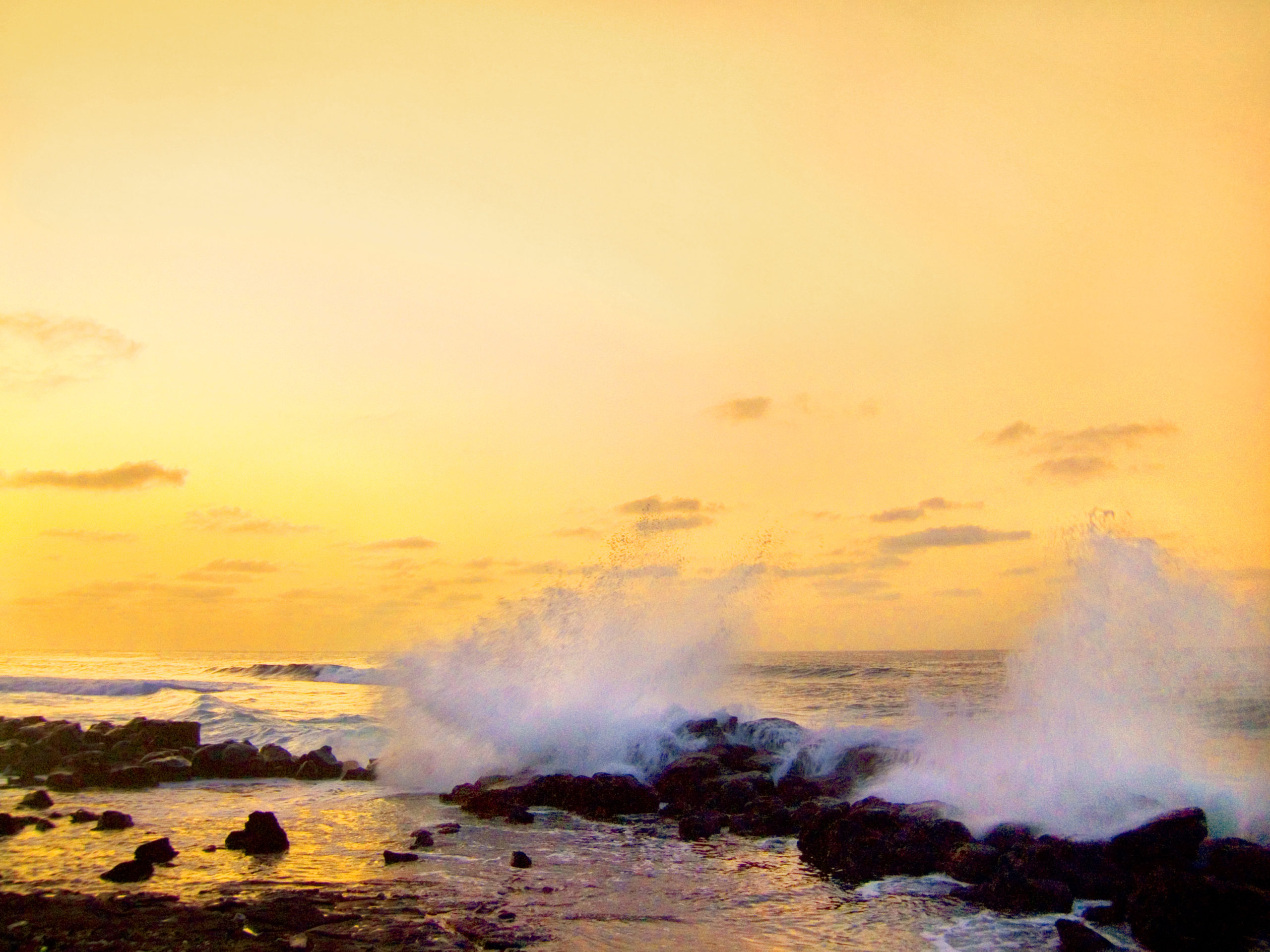2005-2007

JET PLANE (AVION À RÉACTION)
I know for a fact that Fabien de Cugnac is a jet plane, and I’d rather say it right away than reveal it at the end of a lengthy exposition.
Fabien de Cugnac is a jet, a ‘reaction plane’ as we say in French, and just because he’s not aware of this shouldn’t stop us seeing how absolutely determined he is to leave his trail in the upper atmosphere, anonymously for most viewers, hard to make out with the naked eye but identifiable by those who accept him in their family – in the broadest sense of the term – those who see him flying overhead and are pleased to acknowledge that one of their group – again in the possible broadest sense – that one of their group is a ‘reaction plane’.
I trust that when mentioning family or group this will not be understood as referring to families of artists, where painting or writing runs in the family. When I call Fabien de Cugnac an aircraft, and particularly a ‘reaction plane’, I have in mind the kind of excitement and interest that jet planes arouse in us.
The rules of art criticism are very strict about reaction. Works regarded as a reaction to their predecessors may quite justifiably be treated with suspicion if not scorn, as if a ‘white square on black ground’ would logically rule out any possible success for a work ‘diametrically’ opposed to it. Thus, in the case of Fabien de Cugnac, his series of colour photos, his sunsets on beach (sounding like ‘oil on canvas’) might be interpreted as a reaction to the ‘failure’ (in commercial terms) of his close-ups of naked black flesh.
I do not pretend to rewrite the fundamentals of criticism, which are certainly still valid with regard to reaction. However, to interpret the transition (and transition it certainly was) from bodies to sky solely in terms of reaction is to write off the work too quickly, even if writing off is a common tendency of critics.
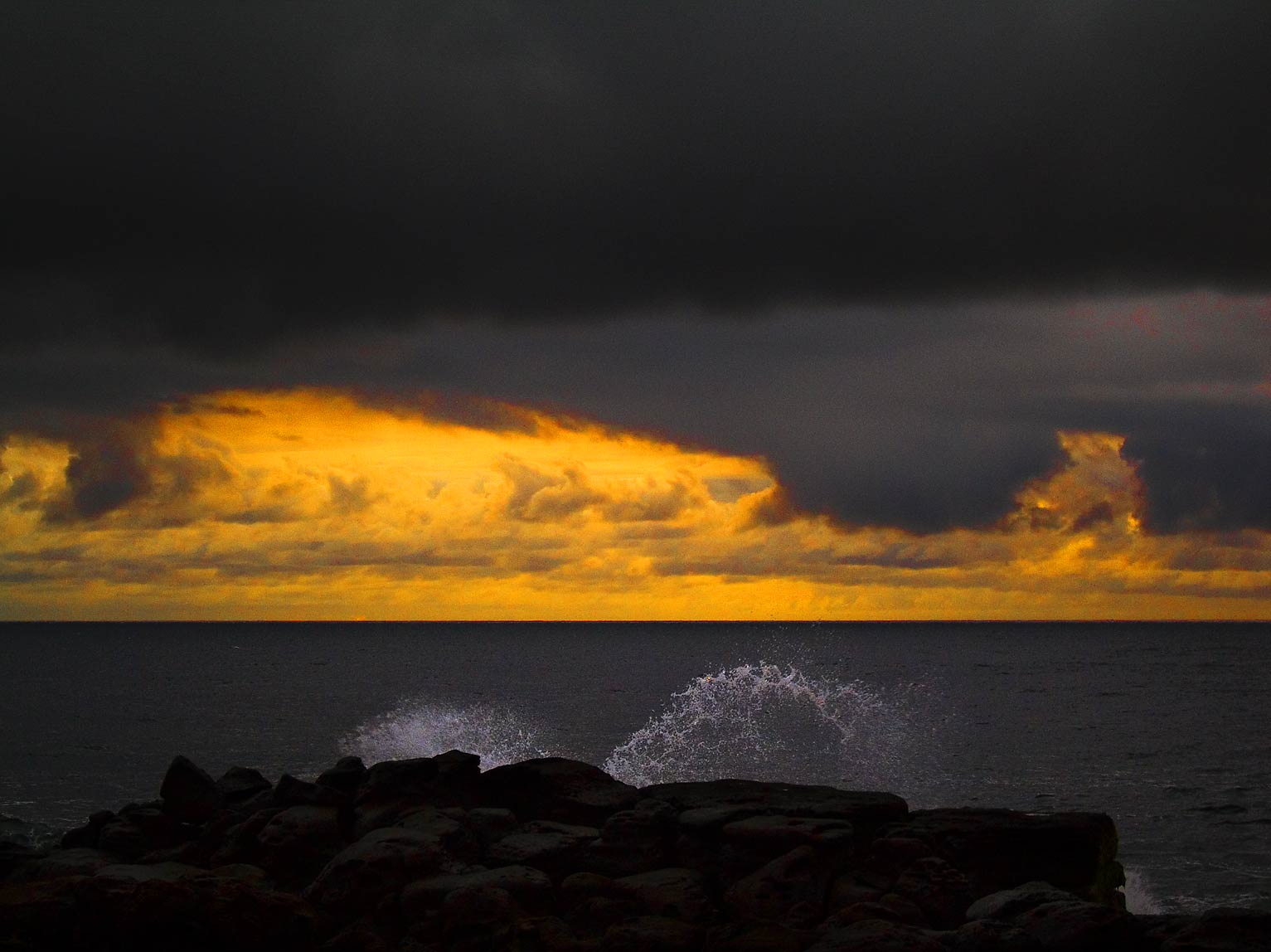
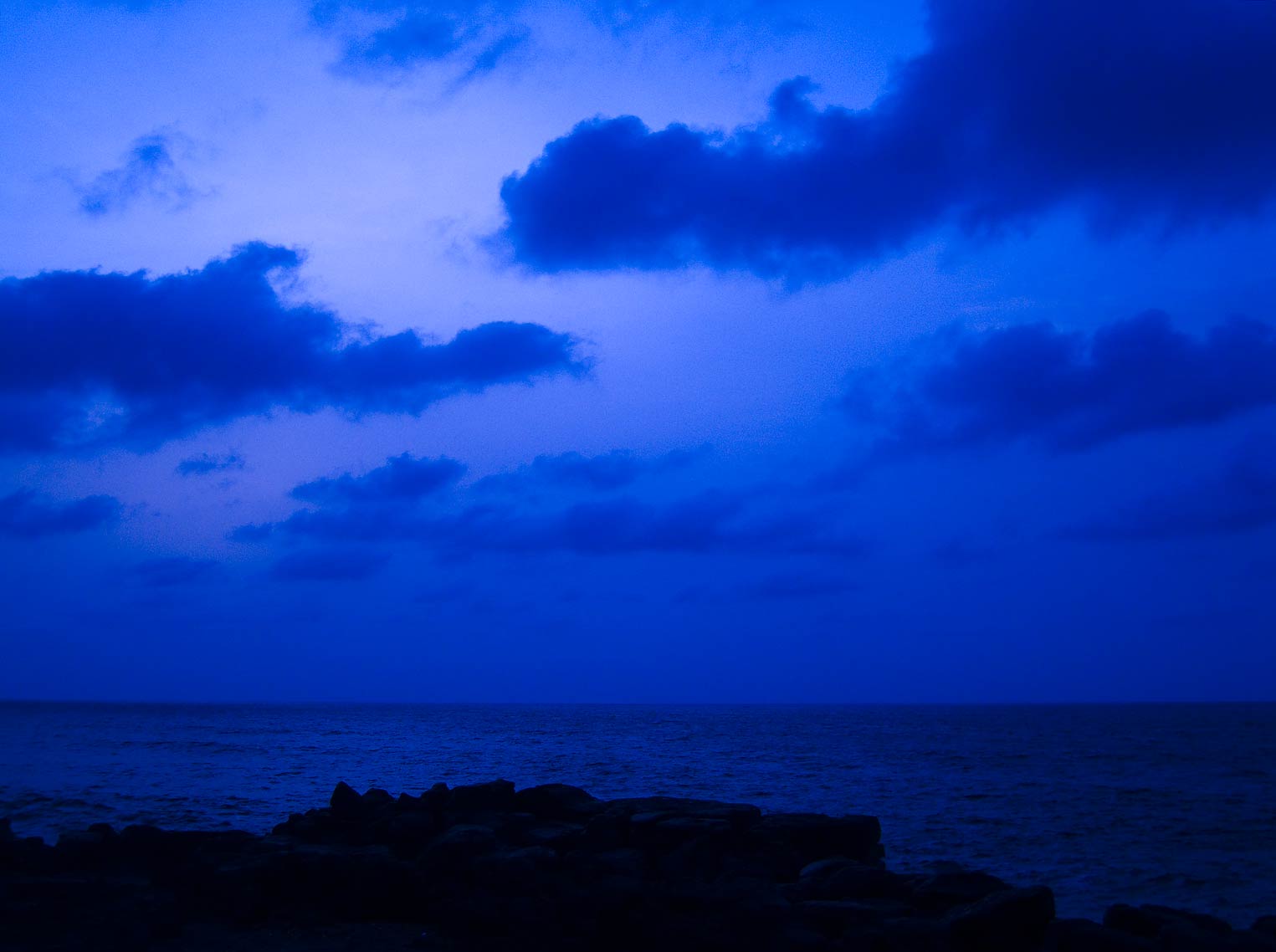
Can one still seriously make art using a studio camera to photograph pubic hair or vaginas pissing? Do photos of sunsets belong anywhere but in souvenir shops? And could an artist still hope to get ahead by trying flower pictures? Criticism, here, will tend not to reply, to say nothing, and if it does say anything, may well come out with the mocking question: “Are you planning to try mosaics? ”
And if the critics don’t take refuge in silence or mockery, all they can do is ask “Is this work banal or avant-garde?
All Fabien de Cugnac’s works have a future that is far from certain, that of the destruction of a substantial proportion of his large production.
Because it didn’t get immediate recognition, this œuvre already faces a curious problem of timing. Had success come earlier, recognition would necessarily have concentrated on fewer pictures. What makes it hardest to come to grips with this work is simply its quantity: so many skies, so many bodies, so much black, so much sea, whatever. There are so many pictures, and they are all of consistent quality. But that is only the judgement of someone who has seen the plane close to, dismantled in a hangar, or on a test flight without the tricolour roundels, with the seats removed or the guns not fitted.
To see this plane properly one should be looking up in the sky like a patriotic citizen, forgetting everything that is not airborne. Such patriots know the rules of criticism, and they know that the right time to shout “Long live the Queen” is when those planes are streaking across the sky trailing the colours of the flag or the family’s coat of arms. To applaud twelve details of female anatomy, and eight sunsets, it takes one fly-past.
Bruno Wajskop, author and publisher
July 2006
Translation from the French by Michael Novy

